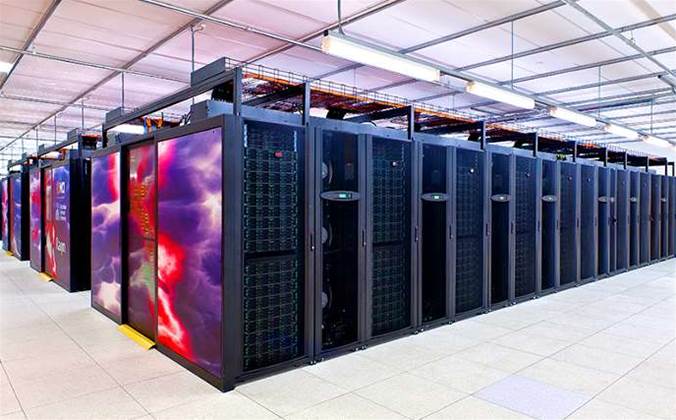Three unnamed clouds in Australia are sitting on clusters of compute that are large enough to rank among the top 500 ‘supercomputers’ worldwide.

The latest Top500 rank, which comes out twice a year, sees Australia slip outside the top 100 in terms of being a home to large-scale compute.
NCI’s 87,224-core Raijin cluster had been ranked 76th in the world in November 2017, but slipped to 102nd in the June 2018 rankings.
It is approach its end-of-life and NCI landed $70 million back in December to replace it. NCI has said it hopes the new machine will be among the top 25 most powerful in the world.
Pawsey’s Magnus supercomputer was ranked 141st in the world in November 2017 but has also now slipped to 217th on the list.
It is becoming similarly dated and only won a $70 million upgrade in late April of this year.
What is new on the latest Top500 list is the addition of three “cloud providers” that have each built up substantial Australian compute power.
None are named, but could be public cloud providers like AWS, Microsoft, Google or IBM, all of which have scaled up local compute in recent years.
One of the cloud providers ranks just behind NCI in 105th position, with a 57,600-core setup.
A second cloud provider, ranked 200th, has 38,400 cores while a third setup is listed in 386th spot with 28,800 cores.
All have similar hardware setups, which could indicate they are actually geographically disperse availability zones from a single provider, rather than the operation of multiple providers.
The same setups are also shared by other top500 listings located in the United States, Ireland and the Netherlands, among other countries.
Two more Australian compute clusters slipped outside the top 500 entirely.
Victorian Life Sciences Computation Initiative - perhaps better known by its acronym VLSCI - ranked 373rd in November 2017, and Swinburne’s OzSTAR - ranked 444th in November 2017 - both slipped beyond the top 500.
A new supercomputer at the United States Department of Energy's Oak Ridge National Laboratory (ORNL), based on IBM kit, claimed the number one spot, displacing China’s Sunway TaihuLight, which came in second.



.png&h=140&w=231&c=1&s=0)






 iTnews Executive Retreat - Security Leaders Edition
iTnews Executive Retreat - Security Leaders Edition












_(1).jpg&h=140&w=231&c=1&s=0)



